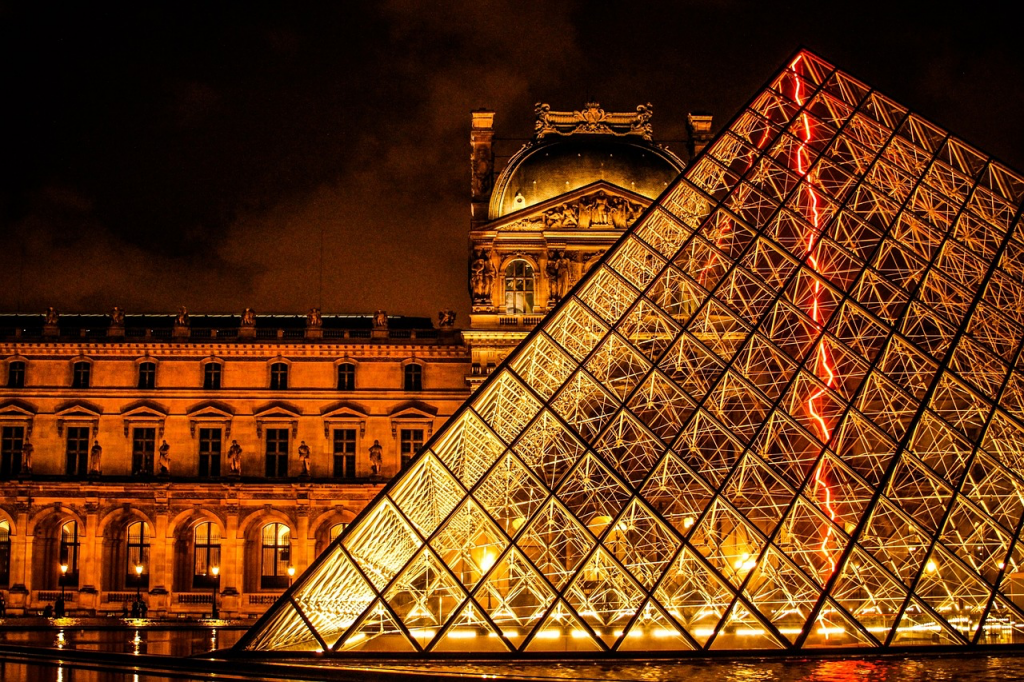Ieoh Ming Pei, FAIA, RIBA was a Chinese-American architect was born in Guangzhou in 1917 (and passed away at the age 102 this week) but raised in Hong Kong and Shanghai. Pei got his architectural inspiration at an early age from the feng shui-rich garden villas and mountainside shrines at Suzhou. His architectural style is characterised by proportions, simplicity, geometry and audacious angles with structural daring – designed for a dramatic impact – and some would argue with innate feng shui principles.
“Life is architecture and architecture is the mirror of life.”
Pyramid in Louvre, Paris
Pei’s glass pyramid in Louvre was criticised for almost a decade before it opened in the 1980s and many years after as a sacrilege for the 17th sensitive palace. From feng shui perspective, it’s a perfect balance between yin and yang energies, old and new. The pyramid itself has a perfect yin-yang balance since it’s an ancient structure made new. As a master of surfaces and planes, what’s more important, he reorganised the entrance, so the traffic flow (energy flow) is more efficient and less taxing so it works better for thousands for visitors. Read more about feng shui of Paris
“François Mitterrand was a student of architecture, he had done a lot of research before he called me. He said, “You did something special at the National Gallery of Art in Washington – you brought the new and the old together.” But John Russell Pope finished the West Building in 1941, so when the East Building opened it was only about 40 years old. But the Louvre is 800 years old! A much bigger design challenge.”

